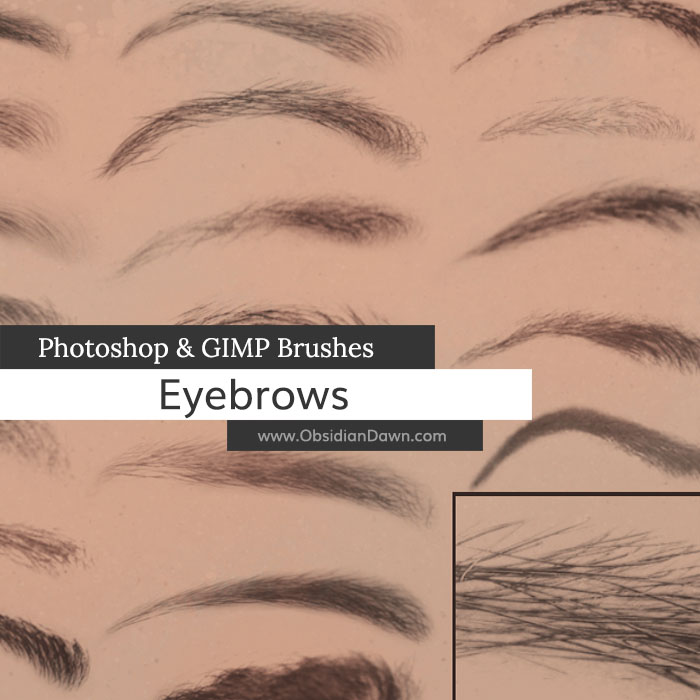
In Saturation HSV mode, this will go to desaturate all the points where you brush. To explain it in different words, Modes are "modifiers" that allow the brush to interact differently with the pixels of the image below. If you've already followed some tutorial you may have already changed the "blending mode" of a layer with the one below, this is the same thing, but on a brush. There are several ways in which Gimp can "merge" something above with something below. It is not easy to explain to a neophyte the meaning of this thing: Reduces intensity, but differs from opacity: we could define it as "the transparency of the edges".Īnother very important menu is the one that allows you to change the Mode of the brush.

Hardness (Default 50.00) allows you to change the gradient edge of round brushes and Force (Default 50.00) The next sliders are less used: Aspect Ratio (Default 0.00) changes the aspect ratio of the brush, "stretching" it in on the horizontal or the vertical side.Īngle (Default 0.00) allows you to rotate the brush, while Spacing (Default 10.00) reduces the number of repetitions of the bitmap The second slider, also very important, is the Size which allows you to determine how "big" the brush will be. Reducing the opacity we can have a more delicate trait. The first slider is the Opacity, which allows us to determine how "transparent" the brush will be. To modify a parameter you canĬlick on it and write the desired value, or you can hold down the left mouse button and move the cursor in the correct position. Once you've found the ideal brush shape, you can use the sliders to modify the different parameters of the brush stroke. You can imagine that some brushes are born to be usedĪs traits (all round ones), while others are designed to be used with a touch, as in the case of the z pepper or the Wilber (the name of the Gimp logo). Mouse stationary, and you draw a stroke when you hold down the left mouse button, dragging the brush along a trajectory. You create a touch when you do a single click leaving the The strokes can be made both with a touch and a tract. To open the window with the various brush shapes just click the icon with the white background and The shape of the brush determines the type of stroke we are going to draw. The first parameter we will see is the shape of the brush. While at the bottom there is the Tool options window, where you can change all brush settings. Whatever tool you're going to use (we'll analyze the differences between them later) the configuration window will always beĪs you can see above, the window is divided into three parts: at the top you can select which tool you want to work with, in the middle you can select the foreground (blue) and background (white) colors,
Gimp brushes how to#
If you prefer to skip the intro and jump directly to the part where we explain how to create a new Gimp brush, click here.Īs we've seen above, Gimp has several tools that uses "a stroke": the paintbrush, the eraser, the clone and others. In the first part of the following tutorial we'll explain what Gimp brushes are, while in the second part we'llĮxplain how to create a new "type of brush" from scratch. Gimp includes different "stroke types" for all the different brushes,Īnyone customizable through an interface that is the same for each different brush. The five available brushes are: Paintbrush, Pencil, Airbrush, Eraser, Clone and Smuge.

They can be used in many different ways: draw, erase, copy, fade, lighten or darken. Gimp brushes are several very useful tools for painting an image or over it.

Tutorial: what is a brush and how to create one Tutorial on how to create a new Gimp brush and add it to the default brushes.


 0 kommentar(er)
0 kommentar(er)
